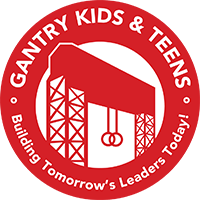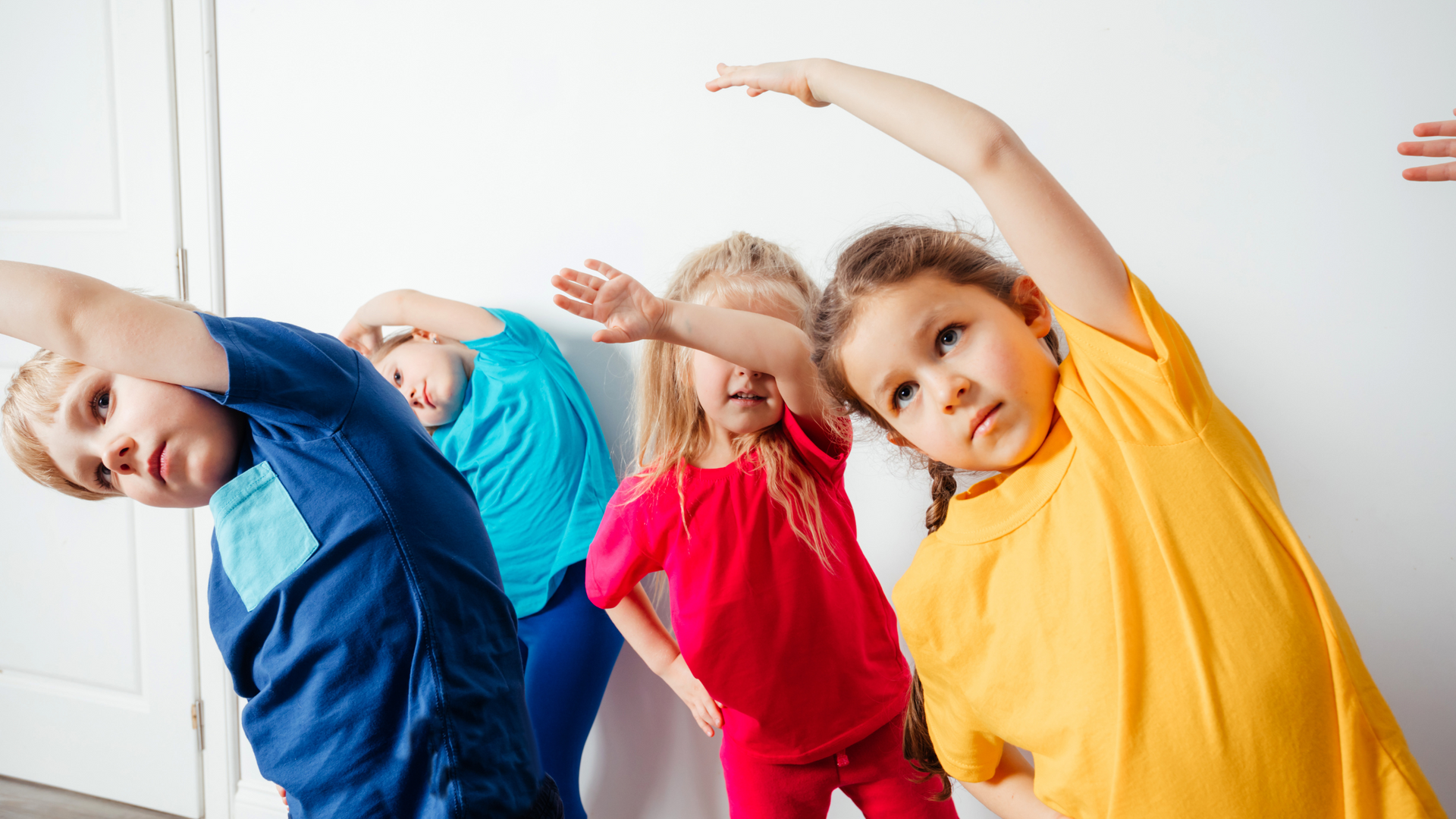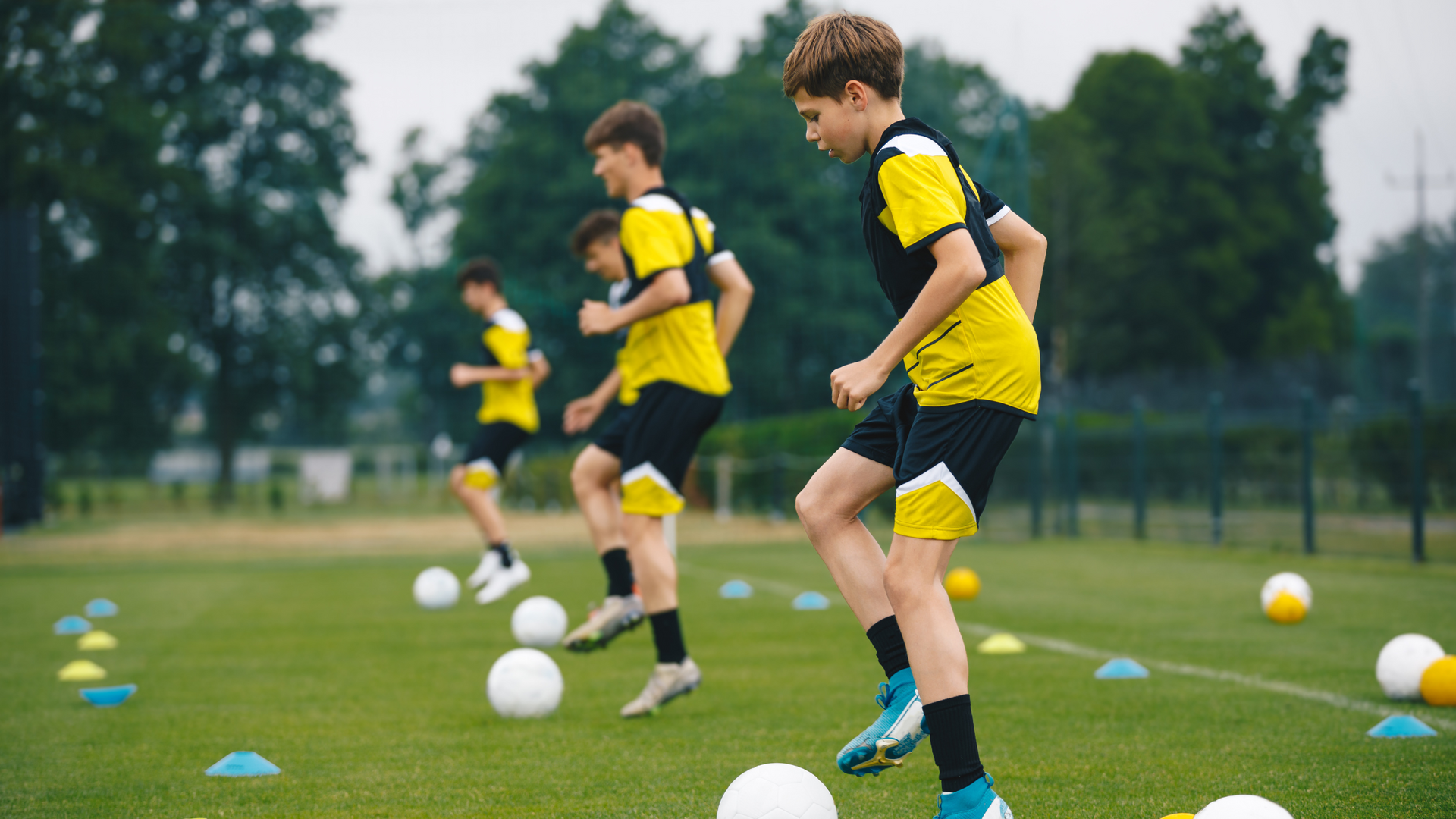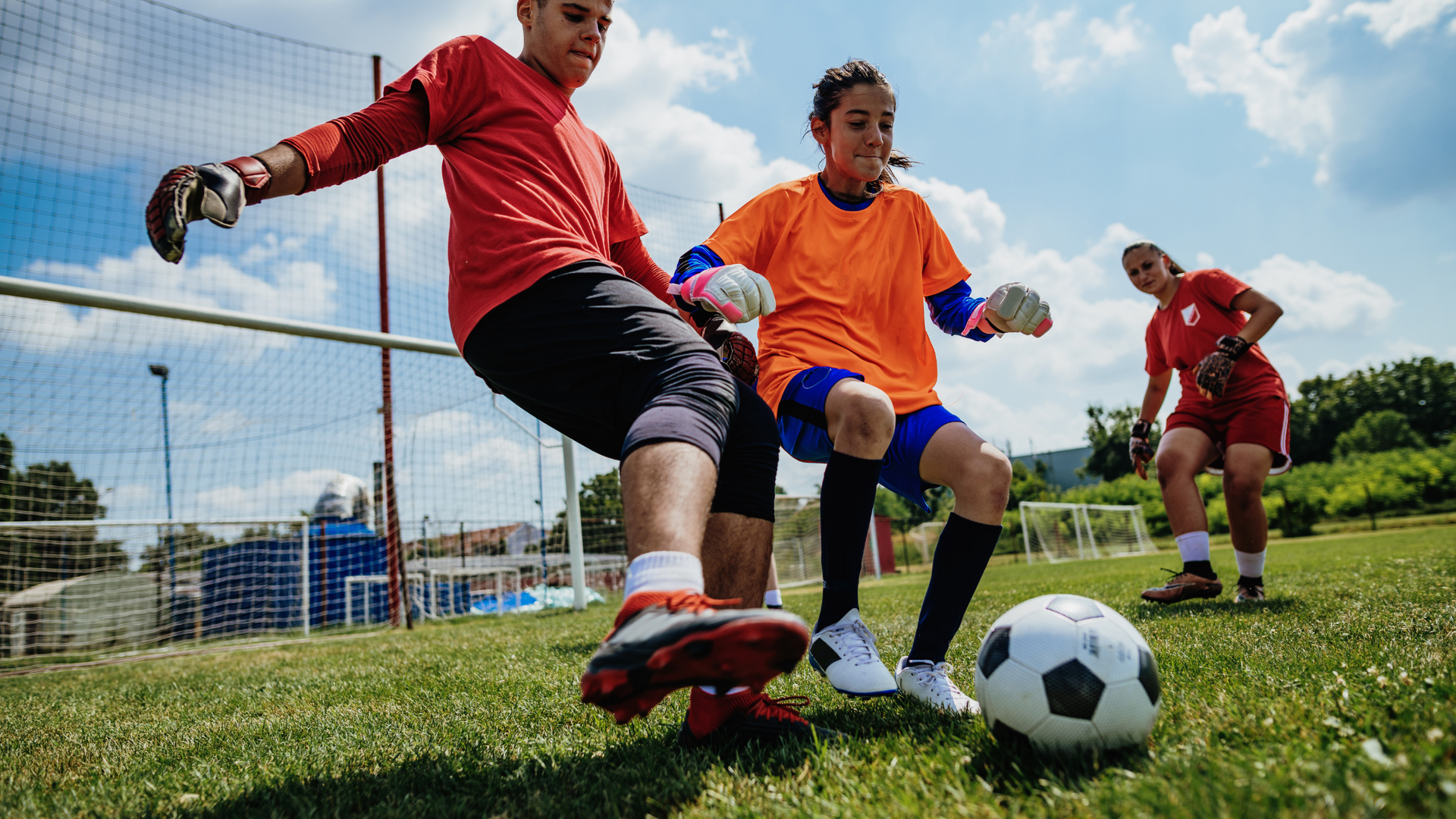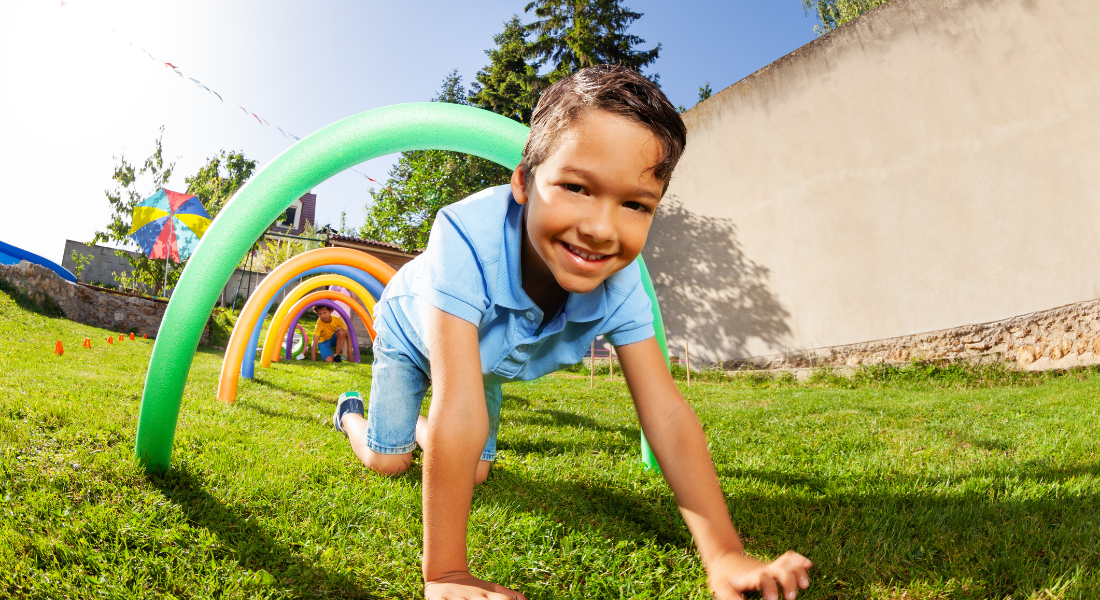Why Outdoor Play is Essential for Your Child's Health and Fitness: A Guide for Parents
Unlock Nature's Hidden Gems for a Healthier, Happier Child
Hey, parents! Have you ever wondered if there's more to keeping your kids healthy than just gym classes and nutritious meals? You bet there is! Outdoor play is a hidden gem in the treasure trove of your child's health and fitness journey. So, it's time to dust off those sneakers and let your little ones loose in nature's playground. In this illuminating guide, we'll explore the many benefits of outdoor play, from boosting physical health to nurturing emotional well-being. Plus, we'll share some engaging activities and expert tips to help you encourage outdoor fun for the whole family. Are you ready to dive in?
The Power of Outdoor Play: Unveiling the Benefits
1. Boosts Physical Health
Let's start with the bread and butter of outdoor play, shall we? The physical benefits are undeniable, and the American Academy of Pediatrics (AAP) agrees – they recommend of daily physical activity for children. Here's a quick rundown of the perks your child can enjoy:
- Improved cardiovascular and muscular fitness
- Enhanced bone strength and density
- Increased flexibility, coordination, and balance
- Heightened agility and motor skills
2. Promotes Cognitive Development
Can you believe it? Outdoor play isn't just about the body – it's about the brain! Numerous studies show that outdoor activities can enhance cognitive skills such as problem-solving, attention, and creativity. So, go on! Let your child's imagination run wild in the great outdoors.
3. Fosters Emotional Well-being
Hold up! There's more! Outdoor play contributes to your child's emotional well-being too. How, you ask? Well, engaging in nature can:
- Reduce stress and anxiety
- Build self-esteem and confidence
- Develop resilience and emotional regulation
4. Encourages Social Skills
Now, here's the icing on the cake: Outdoor play helps your child build essential social skills. Interacting with their peers in a free and unstructured environment can:
- Improve communication and cooperation
- Enhance empathy and understanding
- Develop negotiation and conflict resolution skills
Phew! With all these benefits, it's clear why outdoor play is essential for your child's health and fitness. But how can you encourage your little one to step out and embrace nature? Fear not, we've got you covered.
Engaging Activities to Get Your Child Hooked on Outdoor Play
1. Family Hikes and Nature Walks
What better way to bond with your kids than by exploring the great outdoors together? Make it a family affair by planning hikes or nature walks in local parks, nature preserves, or National Parks in your area.
2. Organized Sports
Team sports are a fantastic way to get your child moving and grooving in the outdoors. Soccer, baseball, basketball, or even [Ultimate Frisbee](https://usaultimate.org/) – the choices are limitless!
3. Unstructured Play
Never underestimate the power of good ol' unstructured play. Let your child roam free in your backyard, a nearby park, or any other safe outdoor space where they can create their own adventures.
4. Neighborhood Playgroups
Why not rally the troops and get the whole neighborhood involved? Organize playgroups with other parents and kids in your area, and take turns hosting outdoor play sessions.
Expert Tips to Encourage Your Child's Outdoor Adventures
1. Be a Role Model
Your kids look up to you, so lead by example! Show them how much fun outdoor play can be by participating in activities together.
2. Create a Routine
Ensure outdoor play becomes a non-negotiable part of your child's daily routine by scheduling regular playtime sessions. Consistency is key!
3. Foster Independence
Give your child the freedom to explore and make decisions during outdoor play. This autonomy will empower them, boosting their confidence and self-esteem.
4. Encourage Curiosity
Ask your child open-ended questions about their outdoor environment and play experiences. This will encourage their curiosity and help them develop critical thinking skills.
Putting It All Together: Get Outside and Thrive!
In conclusion, outdoor play is an indispensable part of your child's health and fitness journey. Its far-reaching benefits span the realms of physical, cognitive, emotional, and social development. So, dust off your sneakers, embrace nature's playground, and watch your little ones flourish. With engaging activities and expert tips under your belt, you're now equipped to help your child unlock the wonders of outdoor play.
If you're looking for fun activities and exercise programs for your kids and teens reach out to us at Gantry Kids & Teens in New York. We're looking forward to working with you and your kids. Whether a novice or elite athlete, we got you covered with classes, after school, camps, the occasional Saturday night, private training or even celebrating a special event. We’re Building Tomorrow’s Leaders Today! Contact us today.
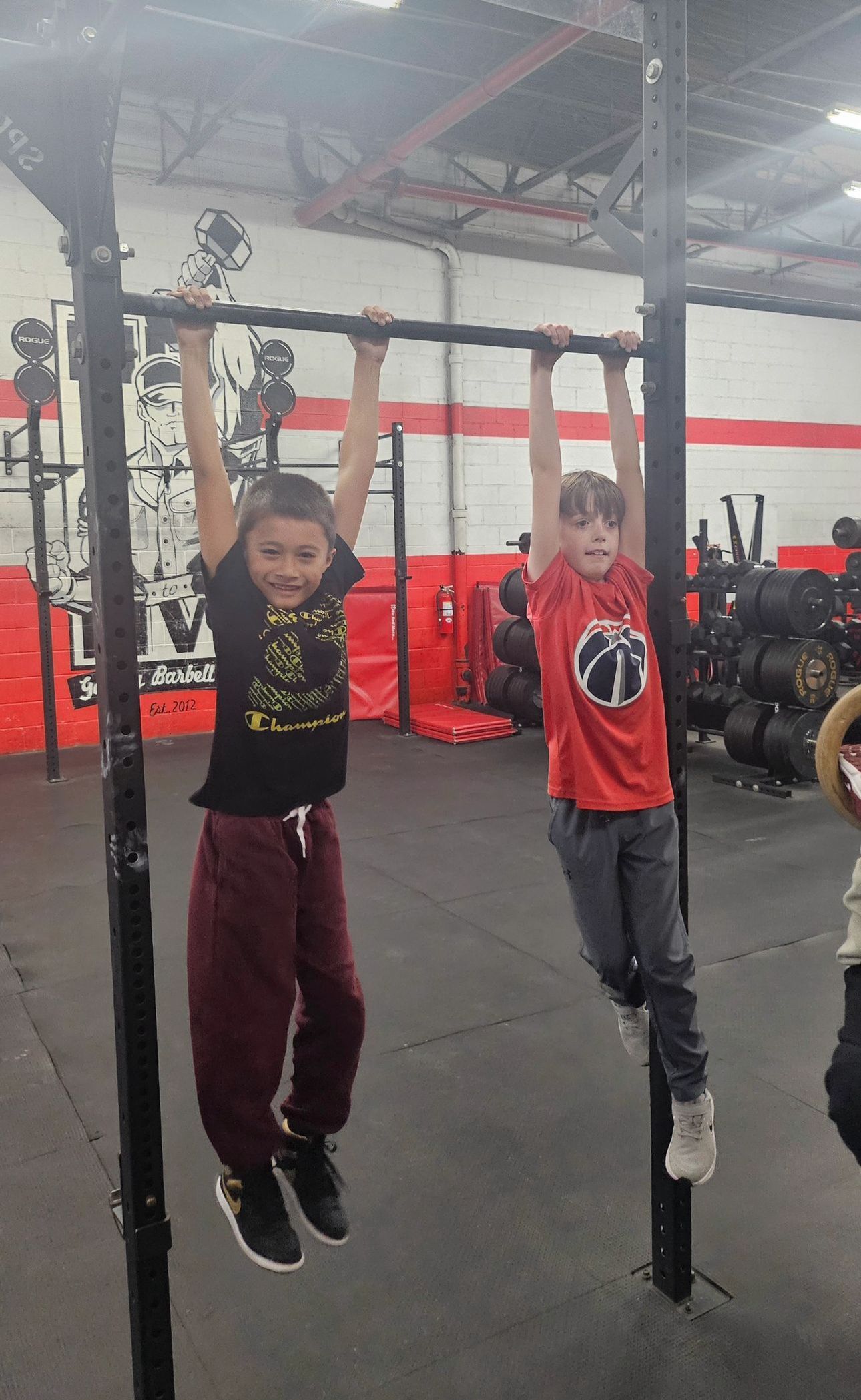
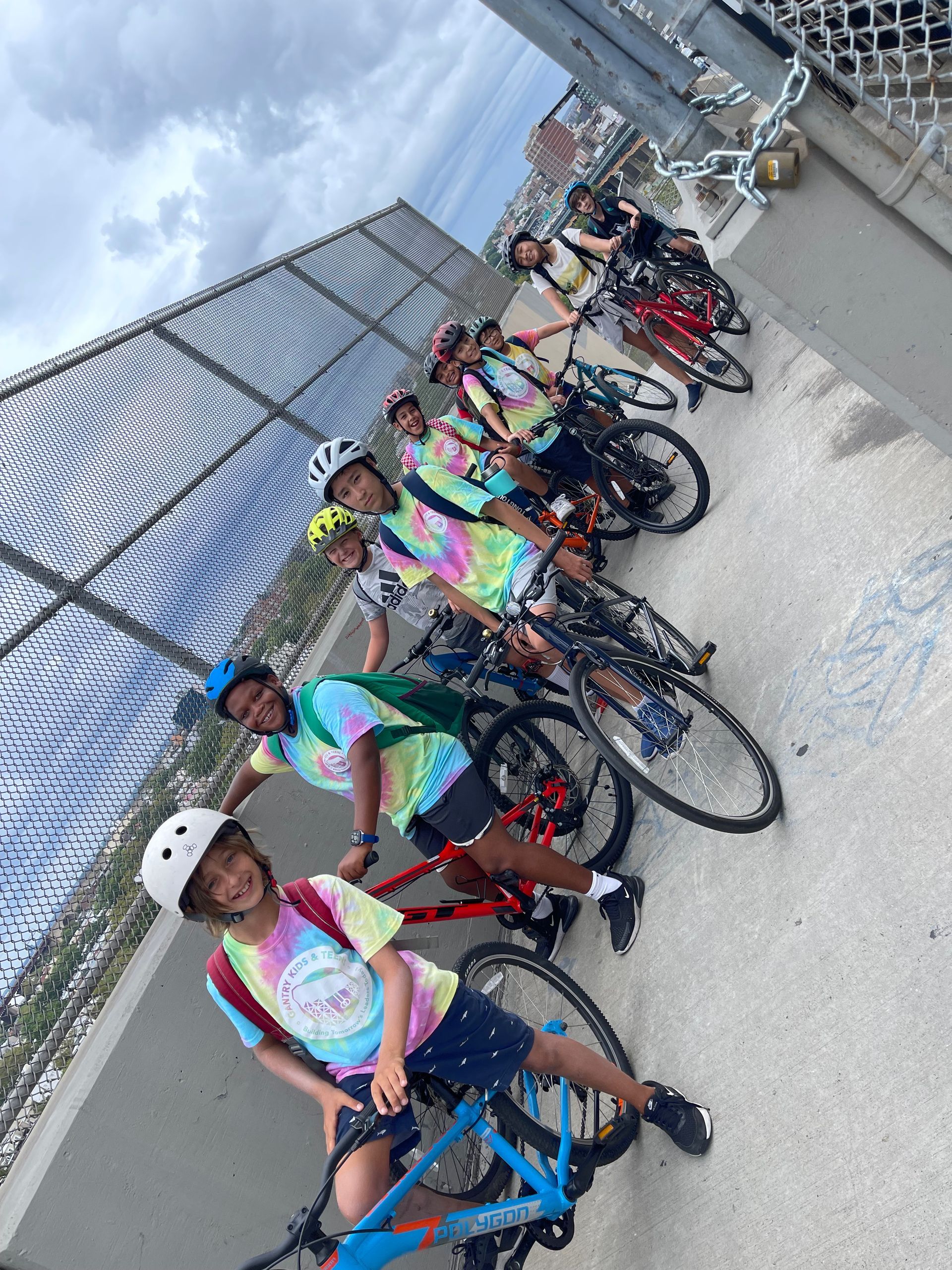
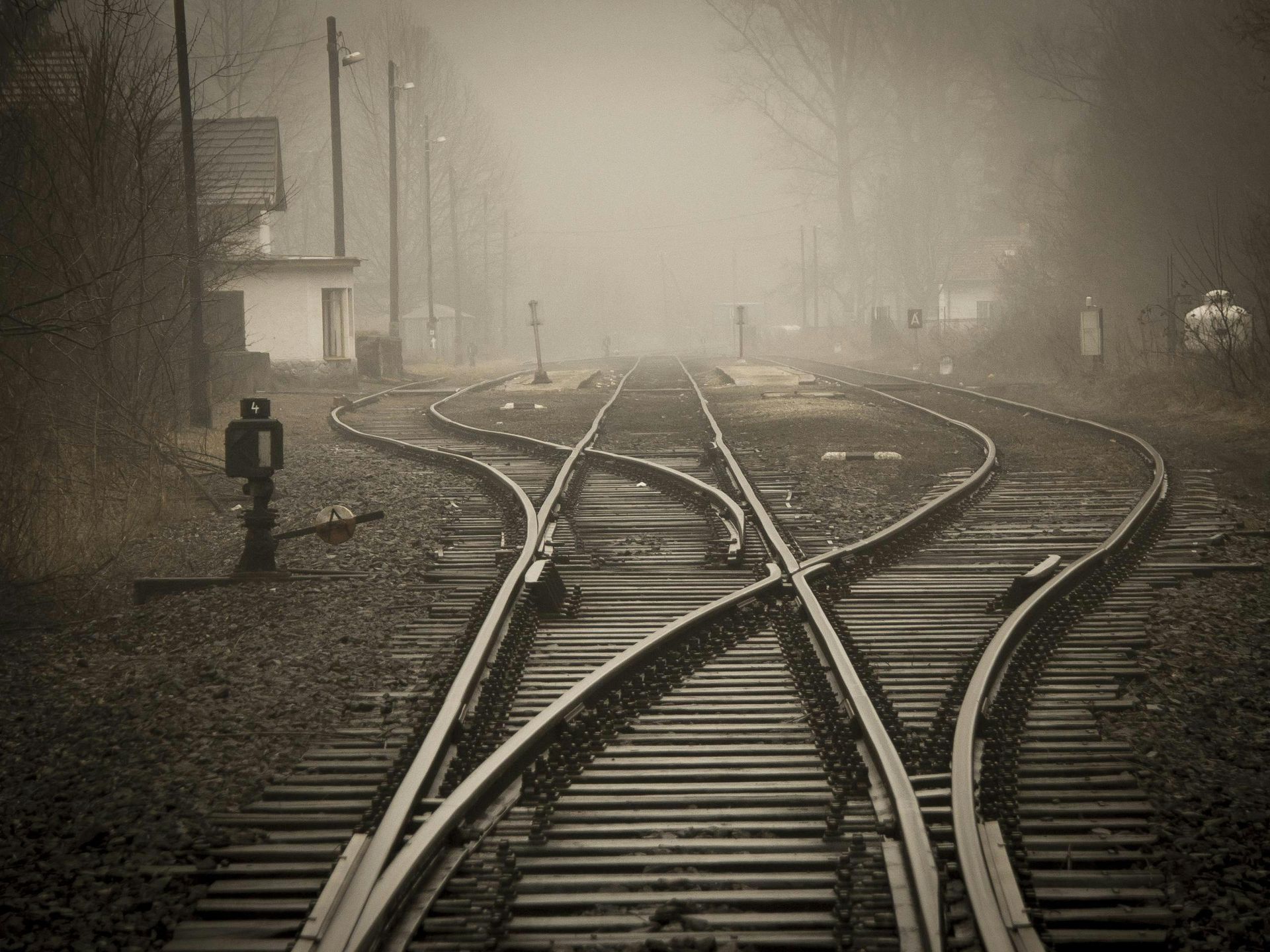
46th Road, Long Island City, NY, 11101
917.426.4650
info@gantrykids.com
